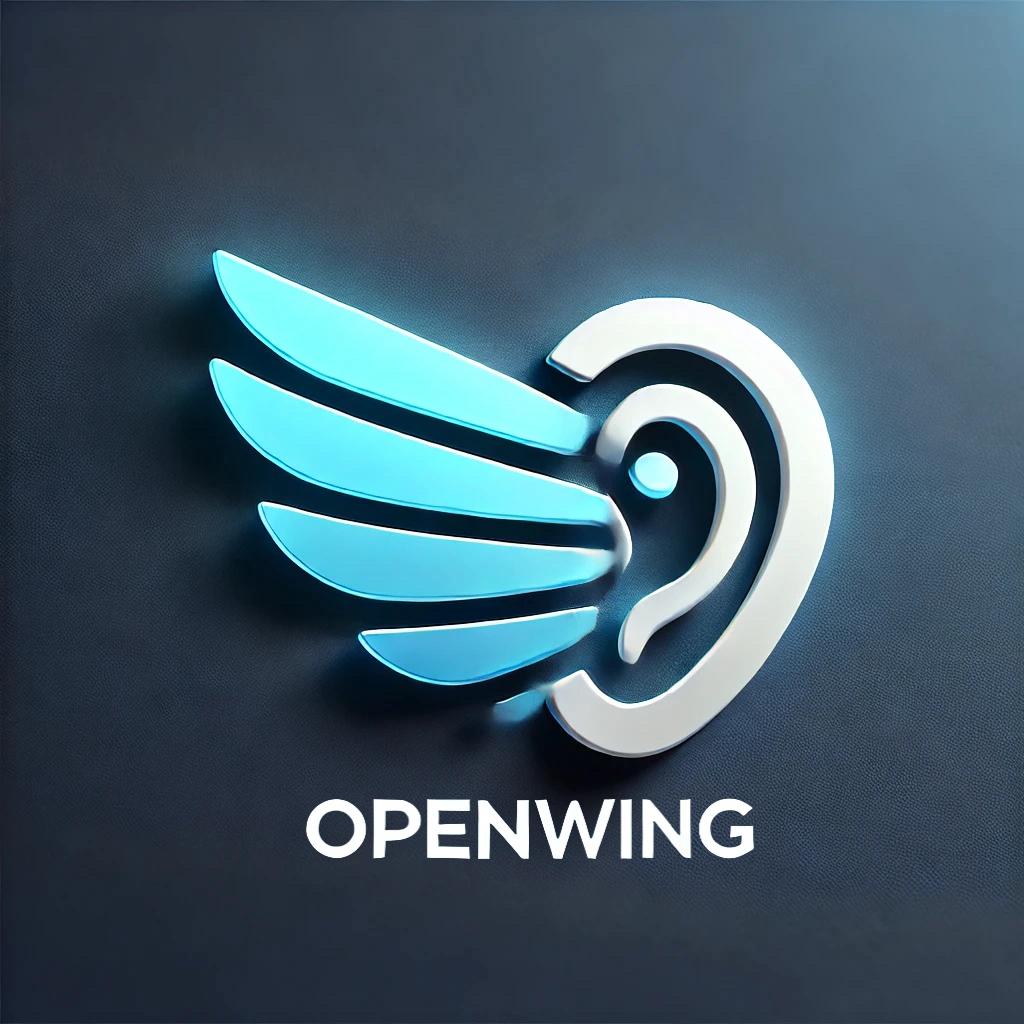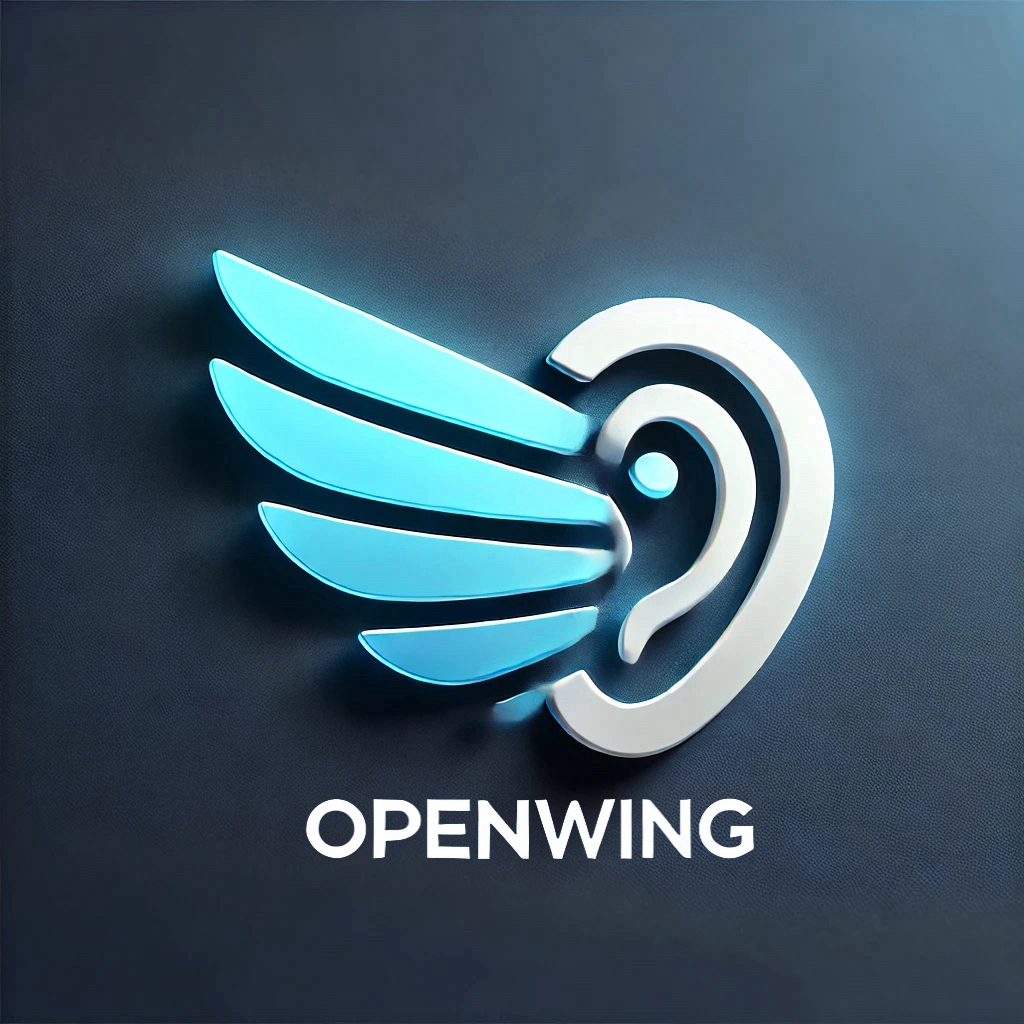Subscribe to Updates
Get the latest creative news from FooBar about art, design and business.
Author: kissdev
Smart Supply Chain Management (SSCM) leverages advanced technologies, particularly Artificial Intelligence (AI), to optimize supply chain operations. This approach integrates connected systems that track shipments, inventory, and logistics, significantly enhancing efficiency and responsiveness. Key Components of Smart Supply Chain Management 1. Demand Forecasting AI plays a crucial role in demand forecasting by analyzing historical sales data, market trends, and customer behavior. This predictive capability allows businesses to adjust their inventory levels proactively, minimizing excess stock and reducing costs associated with overproduction or stockouts. By utilizing machine learning algorithms, organizations can generate accurate forecasts that inform production schedules and supply chain…
Connected in-store displays are revolutionizing the retail landscape by leveraging artificial intelligence (AI) and interactive technologies to enhance customer engagement. These displays, including smart digital signage and interactive kiosks, provide dynamic product information and promotions, transforming the shopping experience into something more immersive and personalized. Enhancing Customer Engagement AI-powered interactive displays can significantly boost customer engagement by offering tailored experiences. For instance, these displays can utilize customer data to present personalized product recommendations, ensuring that shoppers receive relevant information based on their preferences and past behaviors. This not only captures attention but also fosters a deeper connection between the brand…
AI-driven sales analytics is revolutionizing how businesses analyze sales data and understand customer behavior. By leveraging artificial intelligence, companies can optimize their sales strategies and improve inventory management, leading to increased efficiency and profitability. Key Technologies in AI-Driven Sales Analytics Sales Analytics Platforms Sales analytics platforms are essential tools that integrate with customer relationship management (CRM) systems to analyze sales data. These platforms utilize AI algorithms to process vast amounts of historical and real-time data, enabling businesses to gain insights into sales trends and customer preferences. For instance, predictive analytics features help forecast sales by identifying patterns and predicting future…
Augmented Reality (AR) shopping is revolutionizing the retail landscape by integrating advanced technologies like Artificial Intelligence (AI) to enhance the consumer experience. This innovative approach allows customers to visualize products in real-world settings before making a purchase, significantly reducing uncertainty and increasing confidence in their buying decisions. The Role of Augmented Reality in Shopping AR technology overlays digital information onto the physical world, enabling consumers to interact with products in a more immersive way. For instance, shoppers can use AR apps to visualize how furniture would look in their living rooms or try on clothes virtually. This capability is facilitated…
Smart customer service solutions leverage artificial intelligence (AI) to enhance customer interactions, providing instant support and personalized assistance. By utilizing connected tools such as customer service chatbots and smart service applications, businesses can streamline their operations and significantly improve customer satisfaction. AI-Powered Chatbots Chatbots are at the forefront of AI customer service solutions. These automated conversational agents utilize natural language processing (NLP) to engage customers in human-like interactions. They can handle a multitude of inquiries simultaneously, offering immediate responses to common questions, which reduces wait times and alleviates the workload on human agents. This capability allows businesses to maintain high…
Connected Inventory Management leverages advanced technologies, particularly artificial intelligence (AI), to optimize and streamline inventory processes in real-time. This approach utilizes interconnected systems that provide automated updates and alerts, enabling businesses to manage and track their inventory more effectively. Role of AI in Inventory Management AI plays a crucial role in transforming inventory management by enhancing accuracy, efficiency, and responsiveness. By analyzing historical data, market trends, and real-time sales information, AI algorithms can predict future demand with remarkable precision. This predictive capability allows businesses to maintain optimal stock levels, reducing the risk of overstocking or stockouts, which can lead to…
Personalized shopping experiences have become a pivotal aspect of modern retail, significantly enhanced by artificial intelligence (AI). This technology allows businesses to tailor their offerings to individual customer preferences, creating a more engaging and efficient shopping journey. The Role of AI in Personalization AI leverages data analytics to understand customer behavior, preferences, and shopping history. By analyzing vast amounts of data, including transaction histories and browsing patterns, AI can generate hyper-personalized product recommendations. For example, if a customer frequently purchases athletic wear, AI can suggest complementary items like running shoes or fitness accessories, thus enhancing the shopping experience and increasing…
Smart checkout systems are revolutionizing the retail landscape by integrating advanced technologies such as artificial intelligence (AI), computer vision, and connected payment systems to streamline checkout processes. These innovations not only enhance customer experience but also improve operational efficiency for retailers. AI-Powered Self-Checkout Kiosks Self-checkout kiosks have become increasingly popular in retail environments. These kiosks utilize AI algorithms to recognize products, manage inventory in real-time, and detect fraudulent activities. With built-in cameras and sensors, they can identify items based on their shape, size, and color, allowing for quick and accurate transactions. For instance, Mashgin’s AI-powered self-checkout system can process transactions…
AI-powered content creation is transforming the way creators develop and manage multimedia content. By leveraging advanced artificial intelligence technologies, such as natural language processing (NLP) and machine learning, content creators can automate various aspects of their workflow, ultimately enhancing productivity and creativity. How AI Tools Enhance Content Creation AI content creation tools can generate text-based and visual content based on user prompts. This includes writing blog posts, social media updates, and even creating videos. For instance, tools like Jasper and Copy.ai allow users to input keywords or themes, which the AI then uses to produce coherent and engaging content rapidly[1][4].…
Interactive TV experiences have evolved significantly with the integration of artificial intelligence (AI), transforming how viewers engage with content. This innovation allows for personalized recommendations and interactive features, enhancing user engagement and satisfaction. Personalized Recommendations AI algorithms analyze user data, including viewing history, preferences, and behavior, to deliver tailored content suggestions. For instance, platforms like Netflix and Prime Video utilize machine learning to predict what users might enjoy based on their past interactions. This personalization is crucial in today’s content-saturated environment, where viewers seek unique experiences rather than generic options. Netflix attributes approximately 80% of viewer activity to AI-driven recommendations,…

